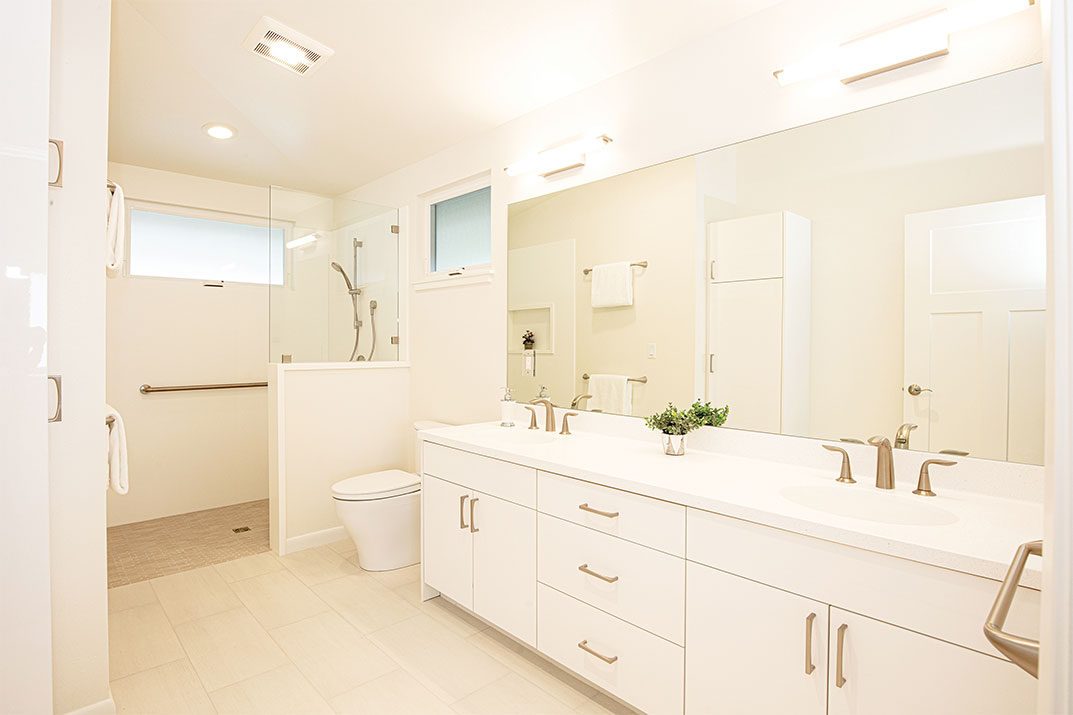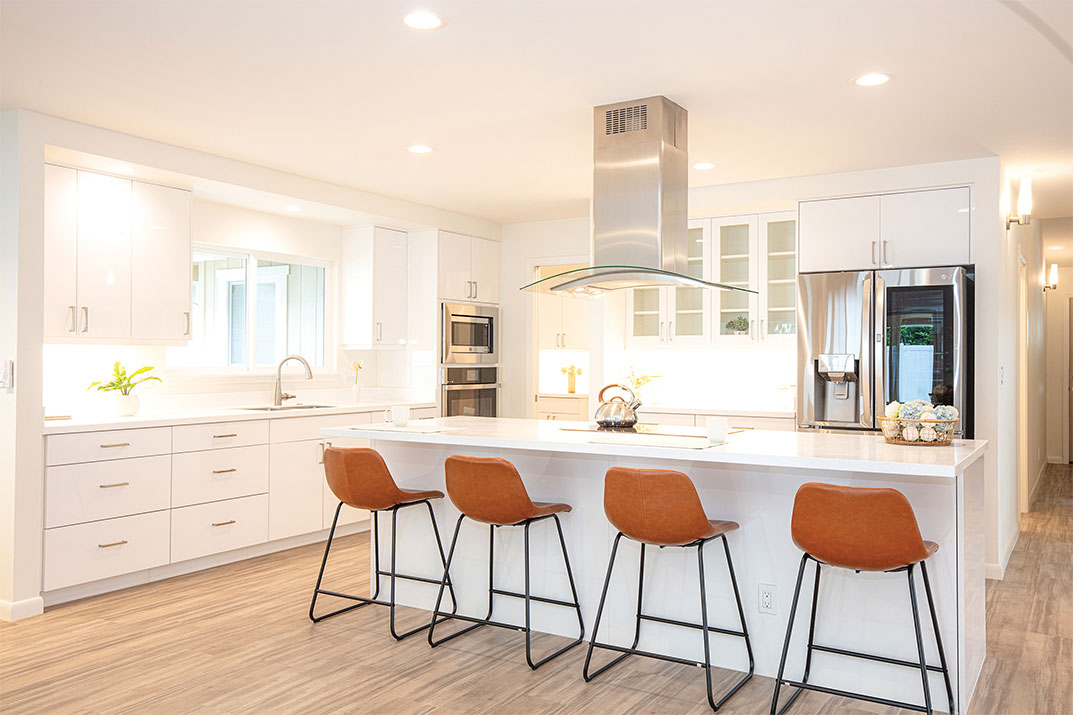Homes that withstand life’s challenges

To renovate or not to renovate? That is, indeed, the Shakespearean question many of us ask ourselves when we contemplate the leaking roofs, creaking floors and sticking doors in our old houses.
Sometimes, according to the president of Graham Builders, Evan Fujimoto, the answer is obvious.

“If the only thing holding your house together is ‘termites holding hands,’ as the old saying goes, then it’s probably time to rebuild,” Fujimoto says.
But a house that’s in decent shape structurally can be considered for renovation or remodeling. Both are generally less expensive than rebuilding, Fujimoto adds.

Below, Fujimoto offers tips on how to evaluate your home so that you can make an informed choice between these options.
STRATEGIZE TIMING OF RENOVATION
Homes with “good bones” in decent structural condition, with minimal termite damage, are generally excellent candidates for renovation or remodeling.
“If the floors are level and there’s no major cracking in slabs, and if the doors and windows, walls and roof are solid, renovation is usually an option,” Fujimoto says.
The property should have decent drainage, with landscaping that isn’t causing issues with the home’s foundation and no major erosion problems.
“The home’s electrical and plumbing systems should be up-to-date, with no knob-and-tube wiring, which can be a fire hazard, or galvanized piping, which can contaminate drinking water,” Fujimoto adds.
If accessibility is a consideration, the home’s condition and layout should allow your builder to modify the layout and incorporate universal design features, and to enlarge kitchens and bathrooms so they’re adequately sized.
“And the house shouldn’t have too many level changes, which can be a problem when you’re renovating for accessibility,” Fujimoto advises.
CONSIDER A REBUILD
When a house has major structural defects like uneven floors, sagging roofs, cracked foundations, extensive termite damage and retaining walls that are leaning, it’s smart to seriously consider tearing down and rebuilding.
“Old electrical and plumbing systems are also a factor,” Fujimoto says. “Rewiring and installing new interior piping and exterior drain lines is costly.”
Houses with careless floor plans, inadequate dimensions, poor accessibility, and too many levels are good candidates for rebuilding, as are homes built with single wall construction, which is structurally unsound.
“Unfortunately, that includes many of Hawaii’s older homes,” Fujimoto observes.
Sometimes a house isn’t ideally situated on a lot.
“That prevents maximized use of the entire property, often shortchanging the parking area or leaving the driveway too short or steep,” Fujimoto concludes. “And if the structure encroaches into setbacks, or if it doesn’t conform to Honolulu’s zoning requirements with regard to heights, usage, fire codes, etc., you will likely want to think about rebuilding.”
Established in 1990, Graham Builders has helped hundreds of local families create comfortable, beautiful homes that offer privacy and accessibility for each member of the ohana. If you’re wondering whether to renovate, remodel or rebuild your home, sign up for Graham Builders’ free Building Your Home for Life seminar from 9 to 11 a.m. on Oct. 7. For information and registration, visit grahambuilders.com or call 808-593-2808.
GRAHAM BUILDERS
CONTACT 808-593-2808
WEB grahambuilders.com